Bathroom Enhancements
How Toilet Drain

Have you ever wondered how the toilet drain works?
Well, we’ve got the answer for you. In this article, we will delve into the intricate mechanisms that allow the waste to be efficiently transported and disposed of.
From the flush mechanism to the trap and siphoning process, we will explain it all.
Get ready to enhance your plumbing mastery and gain a thorough understanding of how your toilet drain functions.
Let’s dive in!
Key Takeaways
- The flush mechanism, water flow, trap, and waste transportation are all crucial for proper toilet drainage.
- Well-designed systems balance efficiency and waste removal.
- Efficient waste transportation ensures safe disposal and contributes to cleanliness and hygiene.
- Regular maintenance and troubleshooting practices help prevent clogs, leaks, and other issues, promoting water conservation and preventing damage.
The Flush Mechanism
The flush mechanism is what allows us to efficiently and effectively remove waste from the toilet bowl using a combination of water and gravity. In terms of toilet design, the flush mechanism plays a crucial role in ensuring the proper functioning of the toilet system.
It consists of several components, including the flush valve, fill valve, and trip lever. When the trip lever is pressed, it lifts the flush valve, allowing water to flow from the tank into the bowl. The force of the water, combined with gravity, creates a powerful flush that removes waste from the bowl.
It’s essential to have a well-designed flush mechanism to ensure optimal water conservation while still maintaining effective waste removal. By carefully calibrating the flush mechanism, manufacturers can strike a balance between water efficiency and thorough cleansing, contributing to sustainable practices in bathroom design.

Water Flow and Gravity
To understand the mechanics of how a toilet drains, we need to examine the role of water flow and gravity in the process.
Water pressure plays a crucial role in this mechanism. When the flush lever is activated, water rushes into the toilet bowl, increasing the pressure inside it. This sudden surge of water creates a force that pushes the waste and wastewater down the drainpipe.
Additionally, gravity aids in the efficient drainage of the toilet. The toilet bowl design, with its curved shape and siphon jet, helps to maximize the gravitational force acting on the water. As the water flows down, it creates a siphoning effect, pulling the waste along with it.
The combination of water pressure and gravity ensures that the toilet drains effectively and efficiently.

Trap and Siphoning
After examining the role of water flow and gravity in the drainage process, we can now delve into the subtopic of trap and siphoning.
When it comes to toilet design, the trap plays a crucial role in preventing foul odors and harmful gases from entering the bathroom. The S trap, a common type of trap used in toilets, functions by creating a water seal that prevents sewer gases from flowing back into the toilet bowl.
This is achieved through a curved pipe that holds water, effectively blocking the passage of gases. When the toilet is flushed, the water from the tank creates a siphoning effect, pulling waste and water down into the drainpipe and pushing it through the trap.
The trap ensures that the water seal is maintained, preventing any gases from escaping. Understanding the functioning of the S trap is essential for proper toilet drainage and maintaining a hygienic bathroom environment.
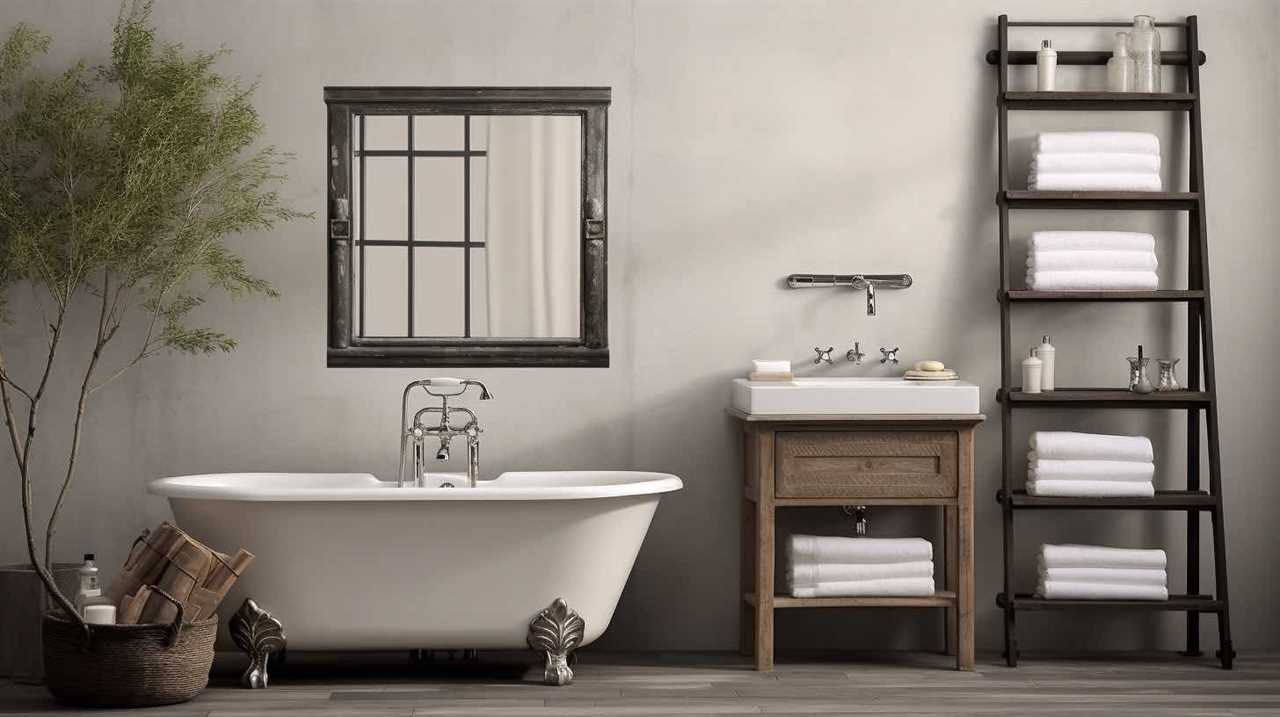
Waste Transportation
Continuing our examination of toilet drainage, let’s now delve into the important process of waste transportation.
Once waste is flushed down the toilet, it enters the sewage system, where it undergoes a series of steps to ensure proper disposal. The sewage system consists of a network of pipes and treatment facilities designed to transport and treat waste efficiently.
Gravity plays a crucial role in waste transportation, as it allows the waste to flow through the pipes and reach the treatment facilities. However, in cases where gravity is insufficient, pumps are used to push the waste forward.
The sewage system carefully manages waste transportation to prevent blockages and ensure the safe disposal of waste, contributing to the overall cleanliness and hygiene of our communities.
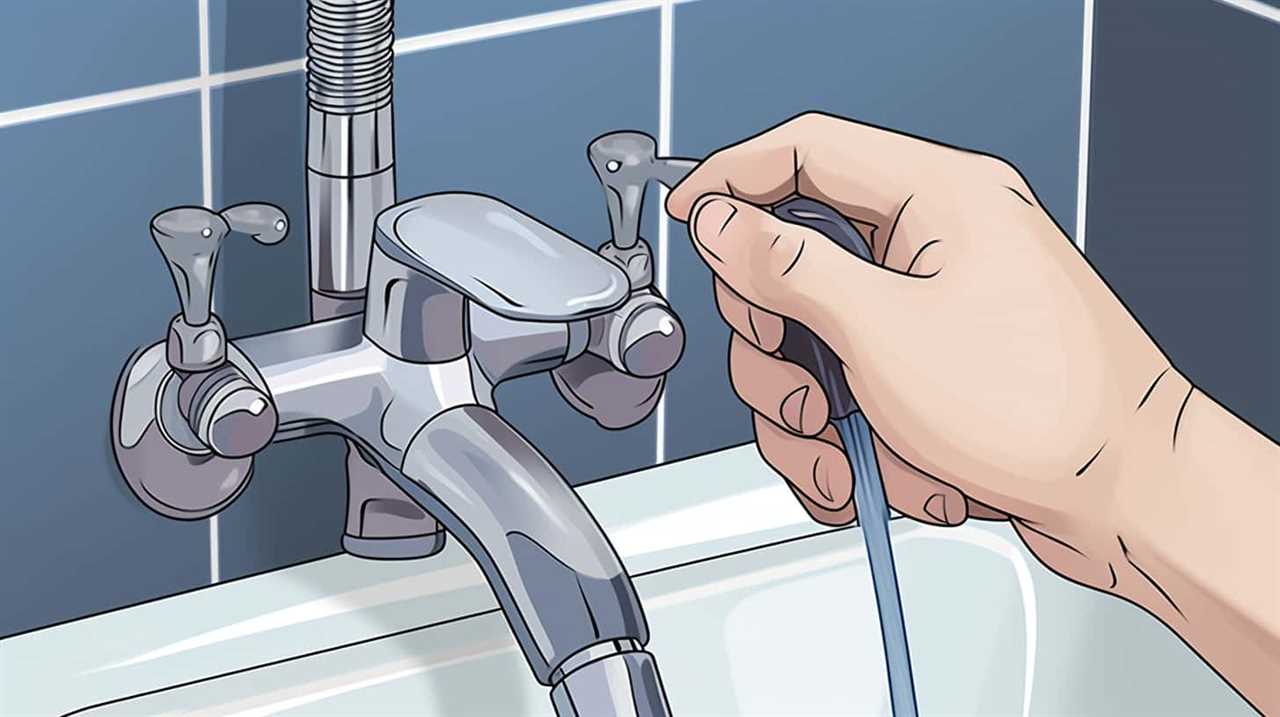
Plumbing Maintenance and Troubleshooting
Now, let’s move on to discussing how we can effectively maintain and troubleshoot our plumbing systems. Here are three important aspects to consider when it comes to plumbing maintenance and troubleshooting:
- Common toilet clogs: To prevent clogs, avoid flushing excessive amounts of toilet paper or non-flushable items. Regularly clean the toilet bowl and use a plunger to clear minor clogs. For stubborn clogs, a toilet auger or a drain snake can be used to remove the blockage.
- Toilet leak detection and repair: Leaks can waste water and lead to costly damage. Check for leaks by adding a few drops of food coloring to the toilet tank and see if the water in the bowl changes color without flushing. To fix leaks, replace faulty components such as the flapper, fill valve, or flush valve.
- Regular maintenance: Perform routine inspections of your plumbing system, including checking for signs of corrosion, loose connections, or worn-out seals. Clean the toilet tank and bowl regularly to prevent mineral buildup. Additionally, consider installing a water pressure regulator to prevent excessive pressure that can damage your plumbing.
Frequently Asked Questions
How Does the Design of the Toilet Bowl Affect the Flushing Mechanism?
The design of the toilet bowl, including its material and shape, directly impacts the flushing mechanism. The material affects water flow, while the shape determines the efficiency of waste removal.
What Are the Most Common Reasons for a Toilet Clog?
The most common reasons for a toilet clog include improper waste disposal, excessive toilet paper usage, and flushing foreign objects. To prevent clogs, proper toilet clog prevention measures should be taken, such as regular toilet drain cleaning.
How Can I Prevent Unpleasant Odors From Coming Out of the Toilet?
To prevent unpleasant odors from the toilet, we must focus on toilet odor prevention techniques. This includes considering the design of the toilet bowl, which plays a crucial role in minimizing odors.

Can a Toilet Flush Properly Without the Use of Water?
A toilet can flush properly without water by using alternative flushing methods. However, it is important to consider the environmental impact of waterless toilets, as they may require additional maintenance and disposal processes.
What Are Some Signs That Indicate a Problem With the Toilet’s Plumbing System?
Toilet plumbing maintenance requires vigilance. Troubleshooting toilet drainage is crucial. Signs of plumbing problems include slow flushing, gurgling sounds, and unpleasant odors. Regular inspection and prompt repairs ensure a smoothly flowing system.
Conclusion
In conclusion, the toilet drain functions through a well-designed flush mechanism that utilizes water flow and gravity. The trap and siphoning system play a crucial role in preventing odors and maintaining hygiene. Waste is efficiently transported through the plumbing system for proper disposal.
Regular maintenance and troubleshooting are essential to ensure the smooth operation of the toilet drain. Understanding the intricacies of this process is key to maintaining a functional and efficient plumbing system.
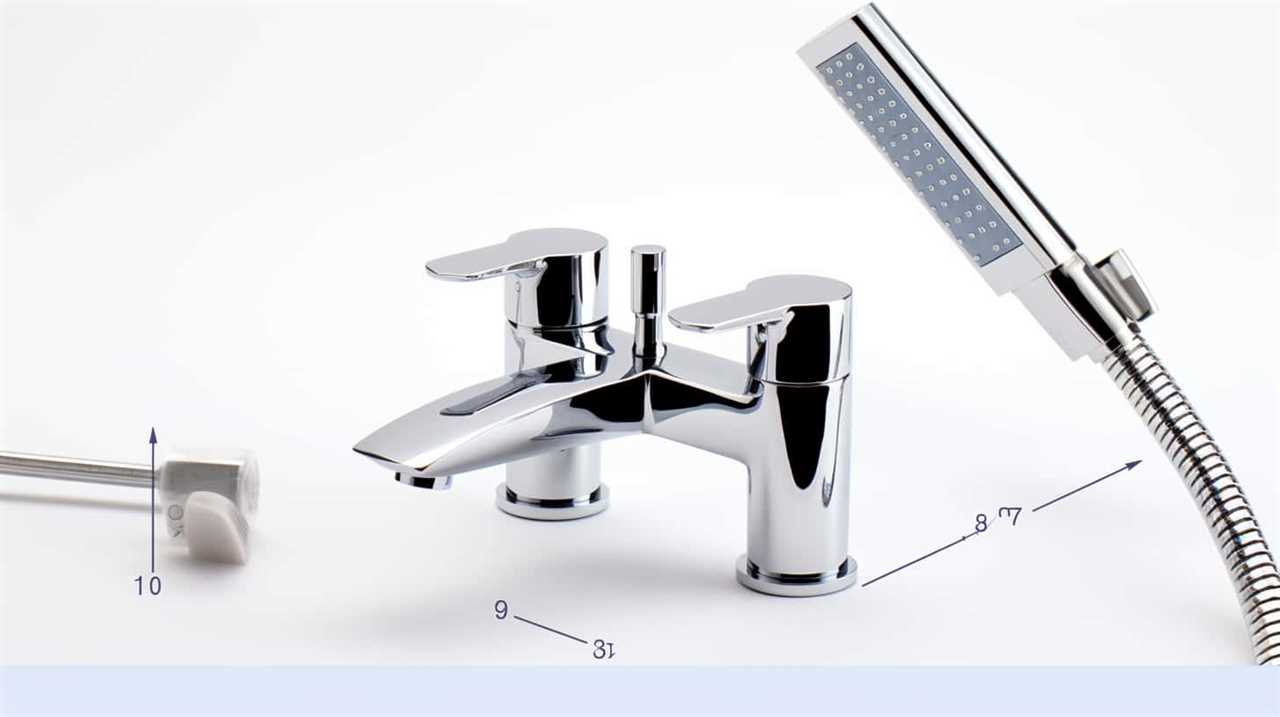
With an impeccable eye for detail and a passion for bathroom-related, Ava leads our editorial team gracefully and precisely.
Under her guidance, Best Modern Toilet has flourished as the go-to resource for modern bathroom enthusiasts. In her free time, you might find Ava exploring antique shops and looking for vintage bathroom fixtures to add to her collection.
Bathroom Enhancements
When to Remodel Bathroom
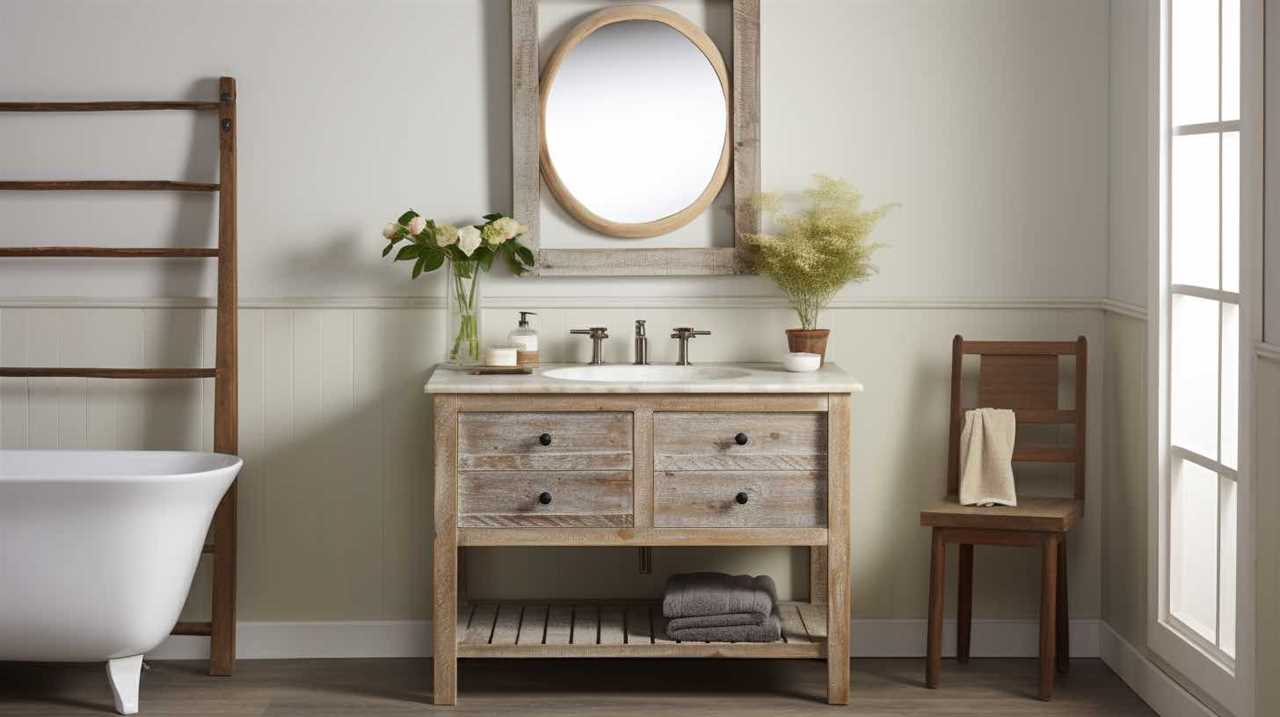
When it’s time to remodel our bathroom, we are all familiar with the phrase: ‘Out with the old, in with the new.’ And truth be told, our old fixtures and ongoing plumbing problems are not helping us at all.
But it’s not just about aesthetics; it’s about functionality too. From mold and mildew problems to our desire for a fresh new look, there are plenty of reasons why it’s time to give our bathroom a much-needed makeover.
So let’s roll up our sleeves and get ready to transform our space into a sanctuary of style and efficiency.
Key Takeaways
- Upgrading outdated fixtures can improve the functionality and aesthetic of the bathroom.
- Remodeling the bathroom can address constant plumbing issues and minimize repairs.
- Renovating the bathroom allows for maximizing space and improving functionality.
- Addressing mold and mildew problems creates a healthier environment in the bathroom.
Outdated Fixtures
We should consider remodeling our bathroom when we’ve outdated fixtures. Outdated fixtures not only make the bathroom look old and worn out, but they can also pose renovation challenges.
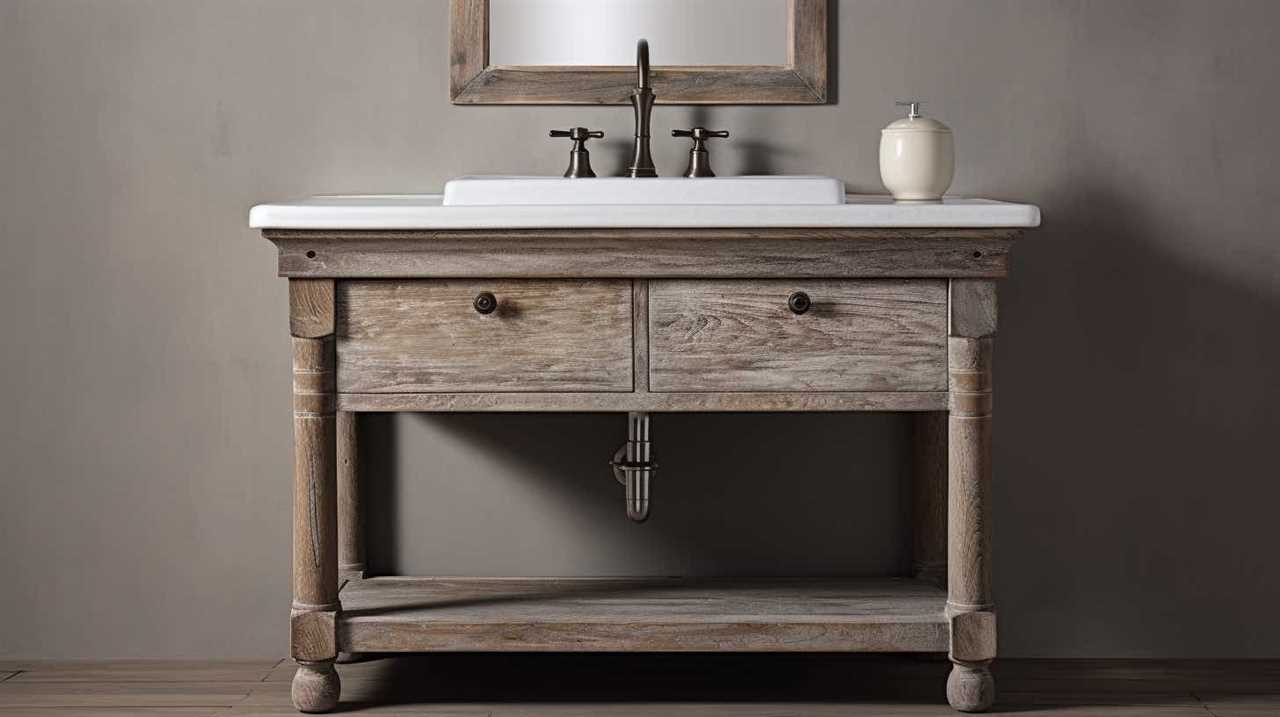
When renovating a bathroom with outdated fixtures, it’s important to consider the budget considerations. Upgrading fixtures such as faucets, showerheads, and toilets can significantly improve the functionality and aesthetic appeal of the bathroom. However, it’s essential to plan and allocate a budget for these upgrades.
Taking the time to research different options and compare prices can help you find fixtures that fit within your budget while also meeting your desired quality standards. Additionally, consider hiring a professional plumber or contractor who can offer expert advice and assistance in navigating the renovation challenges associated with outdated fixtures.
Constant Plumbing Issues
One common reason to consider remodeling our bathroom is due to the presence of constant plumbing issues. Dealing with plumbing problems on a regular basis can be frustrating and inconvenient. It’s essential to address these issues promptly to avoid further damage and costly repairs.
Here are some reasons why constant plumbing issues should prompt us to remodel our bathroom:

- Plumbing maintenance becomes a never-ending task, taking up valuable time and energy.
- Frequent leaks and pipe bursts can lead to water damage, compromising the structural integrity of the bathroom.
- Continuous plumbing problems can result in increased water bills and wastage.
By remodeling our bathroom, we can upgrade the plumbing system, ensuring better functionality and minimizing the need for constant repairs. With improved fixtures and efficient plumbing, we can enjoy a hassle-free bathroom experience.
Now, let’s explore another significant reason to consider remodeling our bathroom: the lack of functionality.
Lack of Functionality
After addressing constant plumbing issues, another aspect to consider when deciding to remodel our bathroom is the lack of functionality. Our current bathroom layout may not be optimized for efficient use of space, making it challenging to navigate and perform daily tasks.
By renovating our bathroom, we’ve the opportunity to explore different renovation options that can help maximize space and improve functionality. One possible solution is to install storage cabinets or shelves to organize toiletries and towels. Another option could be to replace a traditional bathtub with a walk-in shower to create a more accessible and spacious area.
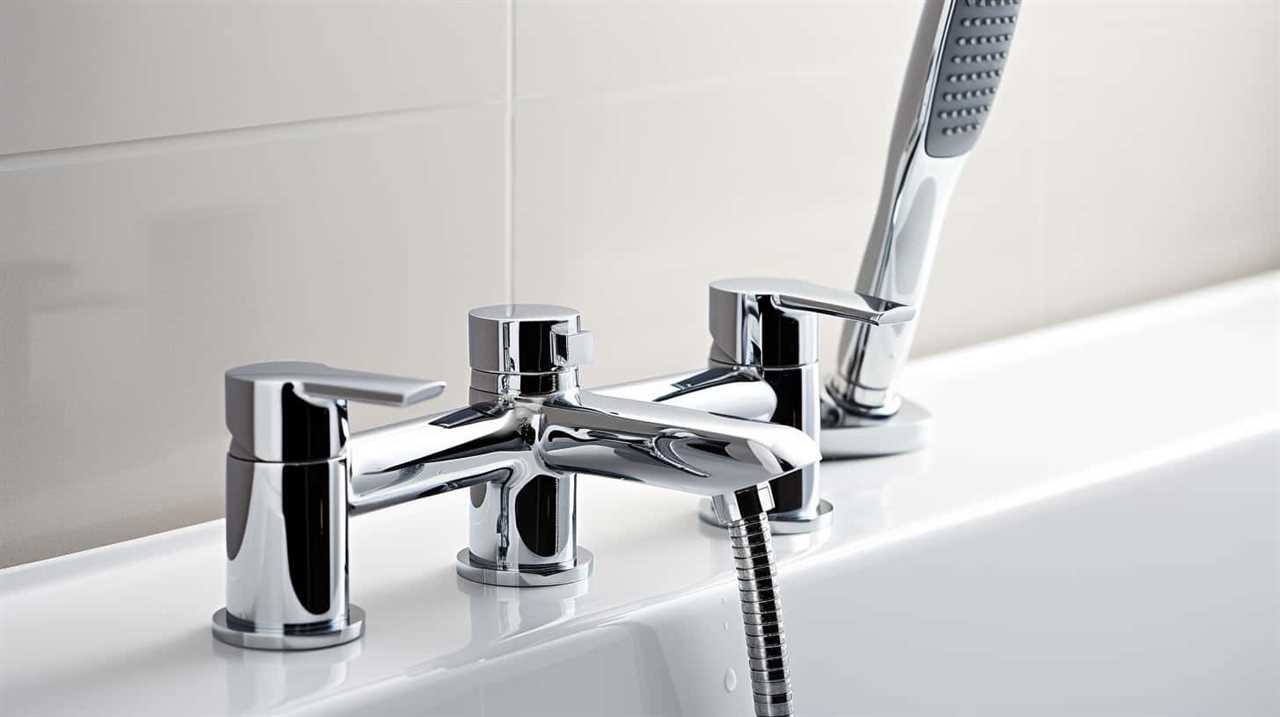
By carefully considering these renovation options, we can transform our bathroom into a practical and functional space that meets our needs.
With the lack of functionality addressed, the next concern to tackle is the potential mold and mildew problems that can arise in a bathroom environment.
Mold and Mildew Problems
To address the issue of potential mold and mildew problems, it’s important to take proactive measures in remodeling our bathroom. Mold and mildew thrive in damp and poorly ventilated spaces, making our bathroom a prime breeding ground. Here are three prevention methods to consider:
- Install a bathroom exhaust fan to help remove excess moisture.
- Use mold-resistant paint on the walls and ceiling.
- Ensure proper ventilation by keeping windows open or using a dehumidifier.
Not only can mold and mildew cause unsightly stains and odors, but they also pose serious health risks. Exposure to mold spores can trigger allergies, asthma, and respiratory issues. By addressing and preventing mold and mildew problems, we can create a healthier environment in our bathroom.

Now, let’s move on to our desire for a fresh new look.
Desire for a Fresh New Look
After addressing potential mold and mildew problems, we now turn our attention to our desire for a fresh new look in our bathroom. A bathroom renovation can breathe new life into the space, creating a sanctuary where you can relax and rejuvenate. When considering the design inspiration for your bathroom, it’s important to strike a balance between functionality and aesthetics. To help you get started, we have created a table showcasing three key elements to consider: color scheme, fixtures, and materials. By carefully selecting the right colors, fixtures, and materials, you can create a bathroom that reflects your personal style and enhances the overall ambiance of your home. Whether you prefer a modern, minimalist look or a more traditional, luxurious feel, a bathroom renovation allows you to transform your space and create a fresh new look that you can enjoy for years to come.
| Element | Consideration |
|---|---|
| Color Scheme | Warm vs. Cool tones |
| Fixtures | Faucets, showerheads, lighting |
| Materials | Tile, countertops, flooring |
Frequently Asked Questions
How Much Does a Bathroom Remodel Typically Cost?
A bathroom remodel typically costs vary depending on factors such as the size of the bathroom, materials used, and the level of customization. It is essential to establish a realistic bathroom remodel budget to ensure your project’s success.
What Are Some Popular Design Trends for Bathroom Remodels?
When considering popular design trends for bathroom remodels, we found that maximizing space and incorporating natural elements are key. This not only creates a visually appealing space but also enhances functionality and creates a soothing atmosphere.
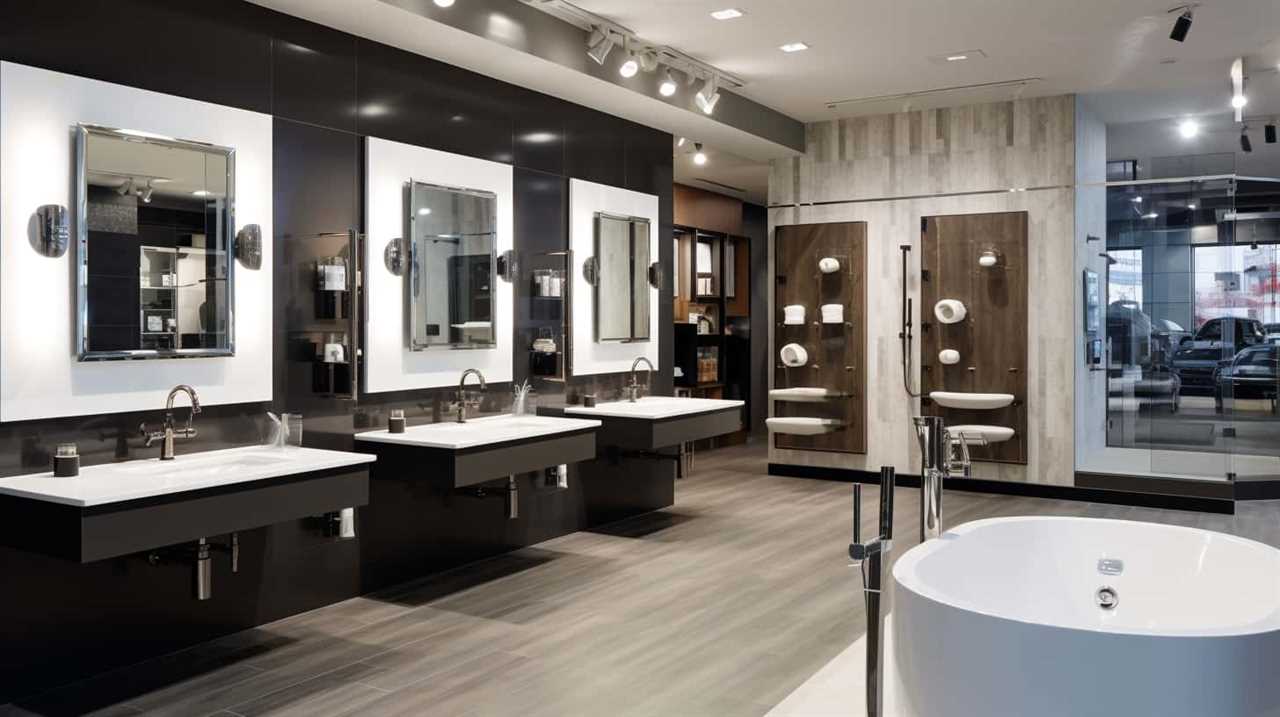
Are There Any Eco-Friendly Options Available for Bathroom Fixtures?
There are many eco-friendly options available for bathroom fixtures, including low-flow toilets and water-saving showerheads. Incorporating sustainable materials in bathroom remodels can have both cost and environmental benefits. Here are some tips for making your bathroom more sustainable.
How Long Does a Bathroom Remodel Usually Take to Complete?
Bathroom remodel timelines can vary depending on several factors. Factors affecting duration include the scope of the remodel, materials chosen, and the availability of contractors. It’s crucial to plan accordingly and consider these factors before starting the project.
Can I Remodel My Bathroom Myself, or Should I Hire a Professional?
Weighing the pros and cons of DIY vs hiring a professional for a bathroom remodel is essential. While DIY can be budget-friendly, a professional ensures expertise, saves time, and delivers high-quality results.
Conclusion
In conclusion, if your bathroom has outdated fixtures, constant plumbing issues, lack of functionality, or mold and mildew problems, it may be time for a remodel.

Don’t hesitate to give your bathroom a fresh new look and improve its overall functionality.
Remember, a bathroom remodel is like a breath of fresh air, rejuvenating your space and providing a visual oasis in your home.
So why wait? Take the plunge and transform your bathroom today!
With an impeccable eye for detail and a passion for bathroom-related, Ava leads our editorial team gracefully and precisely.
Under her guidance, Best Modern Toilet has flourished as the go-to resource for modern bathroom enthusiasts. In her free time, you might find Ava exploring antique shops and looking for vintage bathroom fixtures to add to her collection.
Bathroom Enhancements
When Does Toilet Paper Dissolve

We understand your thoughts: ‘Toilet paper dissolving? Why is it important?’ Well, dear toilet paper fans, it is more important than you think.
Understanding when toilet paper dissolves is crucial for maintaining healthy plumbing systems and protecting the environment. In this article, we’ll dive into the technicalities of toilet paper thickness, composition, water temperature, and other factors that affect its dissolution.
Get ready to master the art of choosing the right toilet paper for a seamless flushing experience.
Key Takeaways
- Thinner toilet paper dissolves more easily in water due to less tightly bound fibers.
- Water temperature affects the dissolution of toilet paper, with warmer water accelerating the breakdown process.
- Toilet paper brand and the presence of minerals in hard water can impact the rate of dissolution.
- Using non-dissolving toilet paper can lead to clogs, blockages, and costly repairs in sewage systems, as well as environmental contamination.
Thickness of Toilet Paper
In our experience, we’ve found that toilet paper with a thinner thickness tends to dissolve more easily in water. A thinner toilet paper is more prone to disintegration when exposed to water because the fibers in thinner toilet paper aren’t as tightly bound, allowing them to break down more readily. On the other hand, thicker toilet paper tends to be more durable and less likely to dissolve quickly. It’s important to note that toilet paper strength shouldn’t be confused with thickness. Strength refers to the ability of the paper to withstand tearing and ripping, whereas thickness refers to the density of the paper.

Composition of Toilet Paper
To understand when toilet paper dissolves, it’s important to examine the composition of the paper itself. Toilet paper is typically made from a combination of wood pulp, water, and chemicals. During the toilet paper manufacturing process, the wood pulp is broken down into fibers and mixed with water to form a slurry.
This slurry is then pressed and dried to create the final product. The strength of toilet paper is determined by the type and amount of fibers used, as well as the processing techniques employed. Manufacturers often add chemicals to enhance the strength and softness of the paper. However, excessive strength can result in slower dissolution in water.
Therefore, finding the right balance between strength and dissolvability is crucial in creating effective and efficient toilet paper.
Water Temperature and Its Effect
We have found that the water temperature significantly affects the dissolution of toilet paper. When it comes to water temperature, warmer water tends to dissolve toilet paper more effectively compared to colder water. This is because higher temperatures increase the kinetic energy of the water molecules, leading to faster breakdown of the paper fibers. However, it’s worth noting that extremely hot water can cause the paper to disintegrate too quickly, resulting in clogging.

The effect of water hardness is also an important factor to consider. Hard water, which contains high levels of minerals like calcium and magnesium, can hinder the breakdown of toilet paper, making it take longer to dissolve.
In addition to water temperature and hardness, the influence of toilet paper brand is another important consideration. Different toilet paper brands may have varying compositions, leading to differences in dissolution rates.
Therefore, it’s essential to consider water temperature, water hardness, and toilet paper brand when determining the optimal conditions for toilet paper dissolution.
Factors That Accelerate Toilet Paper Dissolution
The water temperature and hardness, as well as the brand of toilet paper, all play a role in accelerating the dissolution process. These factors contribute to the degradation of toilet paper, resulting in an accelerated breakdown.

When it comes to water temperature, warmer water tends to dissolve toilet paper more quickly compared to cold water. This is because heat increases the rate of chemical reactions, causing the paper fibers to break down faster.
Additionally, the hardness of water can impact toilet paper dissolution. Hard water contains mineral ions that can interfere with the breakdown process, slowing it down.
Lastly, the brand of toilet paper used also affects its degradation. Some brands are specifically designed to dissolve more rapidly, while others may contain materials that resist breakdown. Understanding these factors is crucial in assessing the performance and effectiveness of different toilet paper options.
Now, let’s delve into the environmental impact of non-dissolving toilet paper.
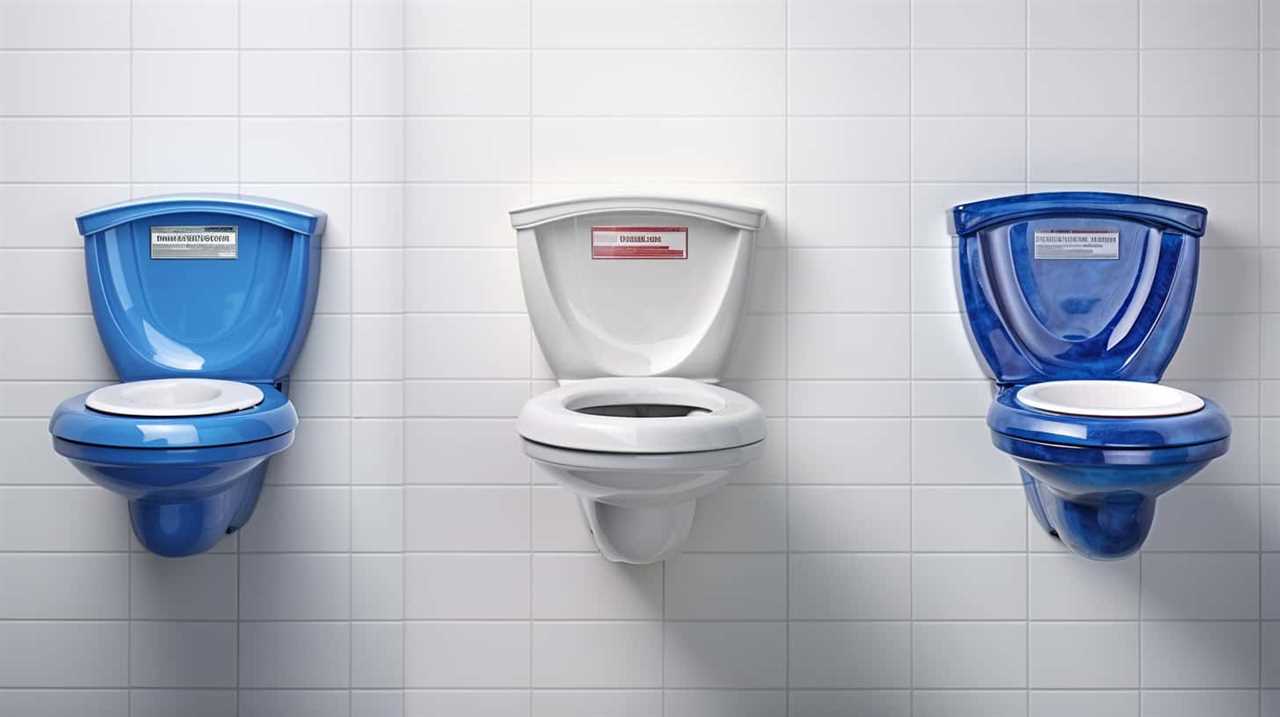
Environmental Impact of Non-Dissolving Toilet Paper
Regarding the environmental impact of non-dissolving toilet paper, it is important to consider the consequences it poses. Non-dissolving toilet paper refers to toilet paper that does not break down easily in water, leading to potential issues in sewage systems and the environment. When non-dissolving toilet paper is flushed, it can clog pipes and cause blockages in sewage systems, resulting in costly repairs and maintenance. This not only disrupts the functioning of sewage systems but also poses a risk of sewage overflow and contamination of water sources. To mitigate these problems, it is crucial to explore biodegradable alternatives to non-dissolving toilet paper. By using toilet paper that is designed to break down easily, we can minimize the impact on sewage systems and promote a healthier environment.
| Impact on Sewage Systems | Consequences |
|---|---|
| Clogged pipes | Costly repairs and maintenance |
| Sewage overflow | Contamination of water sources |
| Disruption of functioning | Inconvenience to users |
| Environmental pollution | |
| Health risks to the community |
Frequently Asked Questions
Can Using Thicker Toilet Paper Lead to Clogged Pipes?
Using thicker toilet paper can indeed lead to clogged pipes. Thinner toilet paper dissolves more easily, reducing the risk of plumbing issues. The impact of toilet paper on plumbing systems should be considered to maintain optimal functionality.
Can Toilet Paper Dissolve Faster in Hot Water?
Toilet paper composition and its impact on septic systems are important considerations. The speed at which toilet paper dissolves, especially in hot water, can affect plumbing and sewage systems.
Are There Any Health Risks Associated With Using Toilet Paper That Does Not Dissolve Easily?
There are potential health risks associated with using toilet paper that does not dissolve easily. It can lead to clogged pipes and sewage backups. Additionally, the environmental impact of non-dissolvable toilet paper is detrimental, causing pollution and harm to aquatic ecosystems.
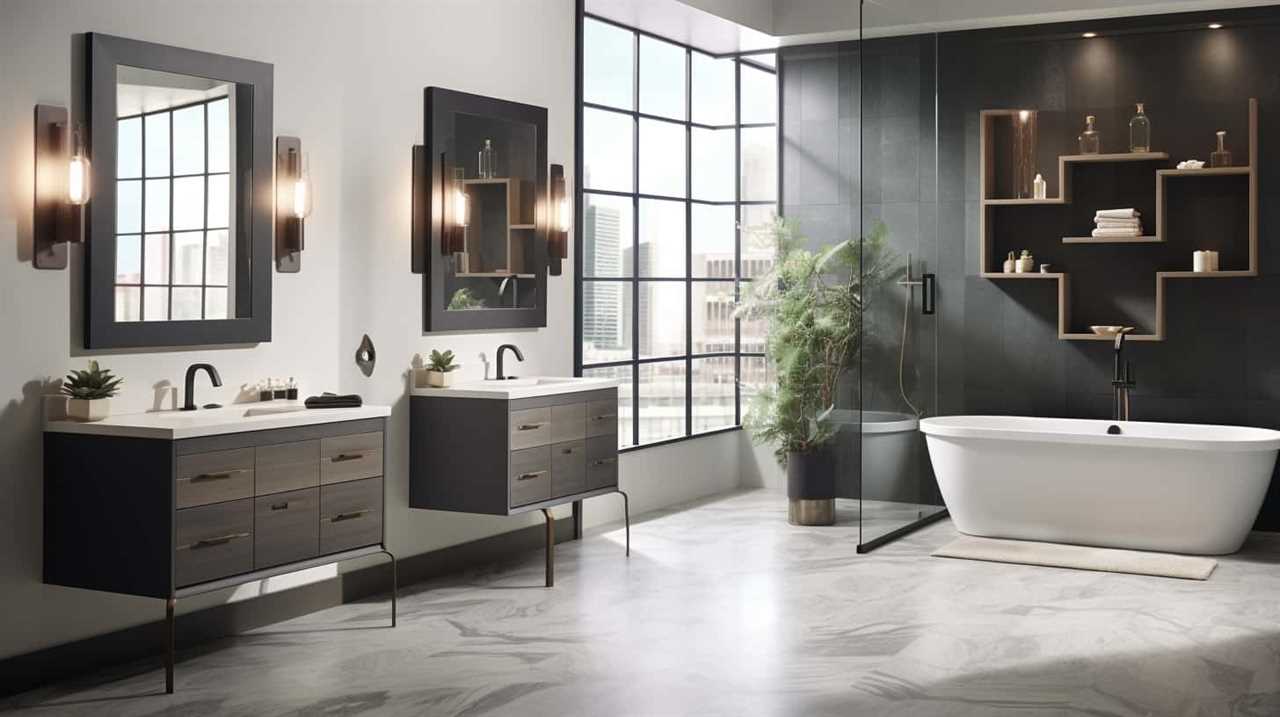
Does the Brand of Toilet Paper Affect Its Dissolution Time?
The brand of toilet paper can impact its dissolution time. Factors such as composition and thickness play a role in determining how quickly the paper disintegrates. Understanding these variables is crucial for achieving optimal performance.
What Are Some Alternatives to Toilet Paper That Are More Environmentally Friendly?
Bamboo toilet paper and bidets are environmentally friendly alternatives to traditional toilet paper. They offer sustainability and hygiene benefits. When considering eco-friendly options, these alternatives should be considered for their technical, precise, and analytical advantages.
Conclusion
Toilet paper dissolution is influenced by various factors such as thickness, composition, and water temperature.
Understanding these factors can help in choosing toilet paper that dissolves effectively and avoids clogging pipes.
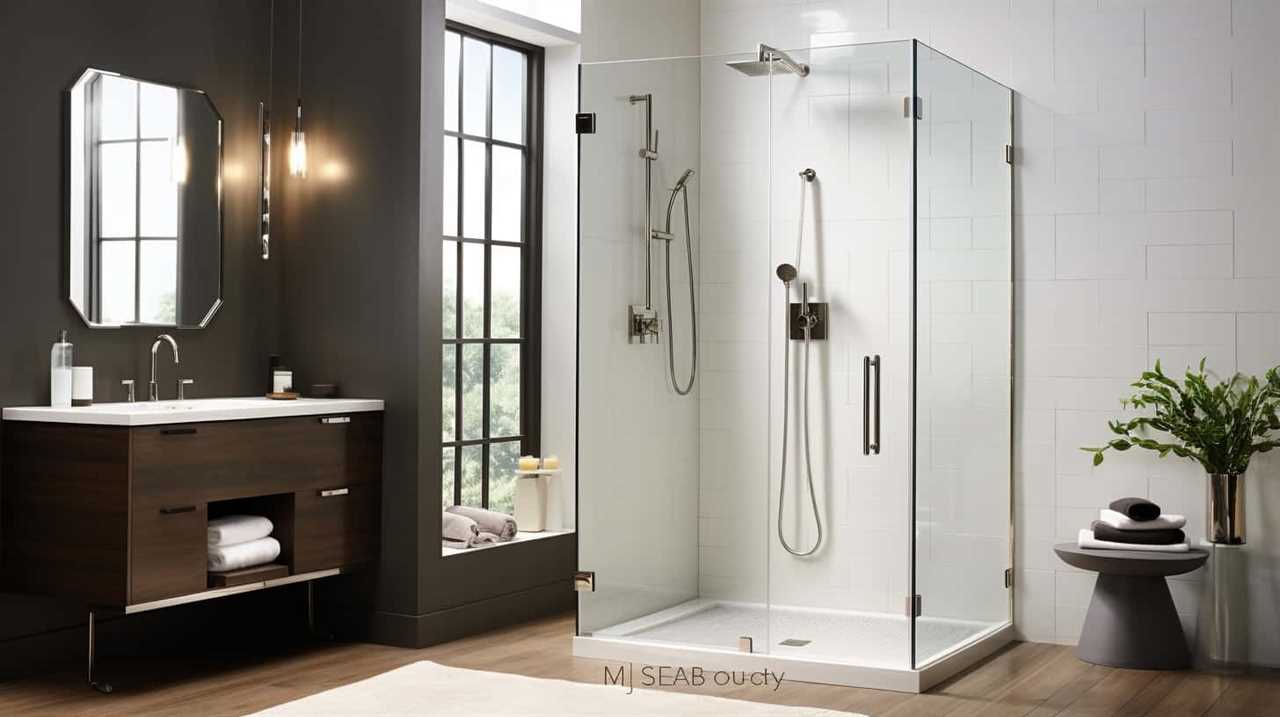
For example, a case study conducted in a residential building showed that using a thinner, biodegradable toilet paper resulted in fewer plumbing issues and reduced environmental impact.
By considering these factors, we can make informed decisions that promote efficient waste disposal and minimize negative consequences.
With an impeccable eye for detail and a passion for bathroom-related, Ava leads our editorial team gracefully and precisely.
Under her guidance, Best Modern Toilet has flourished as the go-to resource for modern bathroom enthusiasts. In her free time, you might find Ava exploring antique shops and looking for vintage bathroom fixtures to add to her collection.
Bathroom Enhancements
When Entering Bathroom Dua

Have you ever been aware that reciting a dua before entering the bathroom carries significant spiritual importance in Islamic culture? In our article, we explore the significance of this practice and provide guidance on correctly reciting the bathroom dua.
By understanding the spiritual connection behind it, you can incorporate this dua into your daily routine and enhance your spiritual journey.
Join us as we explore the depths of this meaningful tradition.
Key Takeaways
- Bathroom dua holds great spiritual significance in Islamic culture and serves as a reminder of the constant need for Allah’s guidance and protection.
- Reciting the dua before entering the bathroom purifies intentions, acknowledges humility, and reminds believers of the sanctity of the act.
- Proper recitation of the dua aligns actions with Islamic teachings and ensures that believers seek Allah’s protection from harm or impurity.
- Incorporating the dua into daily routines and maintaining consistency in reciting it can deepen the spiritual connection with Allah and strengthen faith.
The Significance of Bathroom Dua
The significance of bathroom dua becomes evident when we understand the importance of seeking Allah’s protection and blessings before entering and leaving the bathroom.

In Islam, intention plays a crucial role in every act of worship, including bathroom dua. By making a conscious intention to seek Allah’s protection and blessings, we’re reminded of our reliance on Him and the need for His guidance in all aspects of our lives.
Additionally, the benefits of bathroom dua go beyond the physical realm. It’s a spiritual practice that helps purify our hearts and minds, reminding us of our purpose and connection to the Divine.
Through this dua, we acknowledge our humility and dependence on Allah, seeking His forgiveness and mercy. By incorporating bathroom dua into our daily routines, we cultivate mindfulness and strengthen our relationship with Allah.
The Importance of Reciting Dua Before Entering
Before entering the bathroom, it’s important for us to recite dua, as it serves as a means of seeking Allah’s protection and blessings while acknowledging our dependence on Him. Reciting dua before entering the bathroom holds great benefits for the believer.
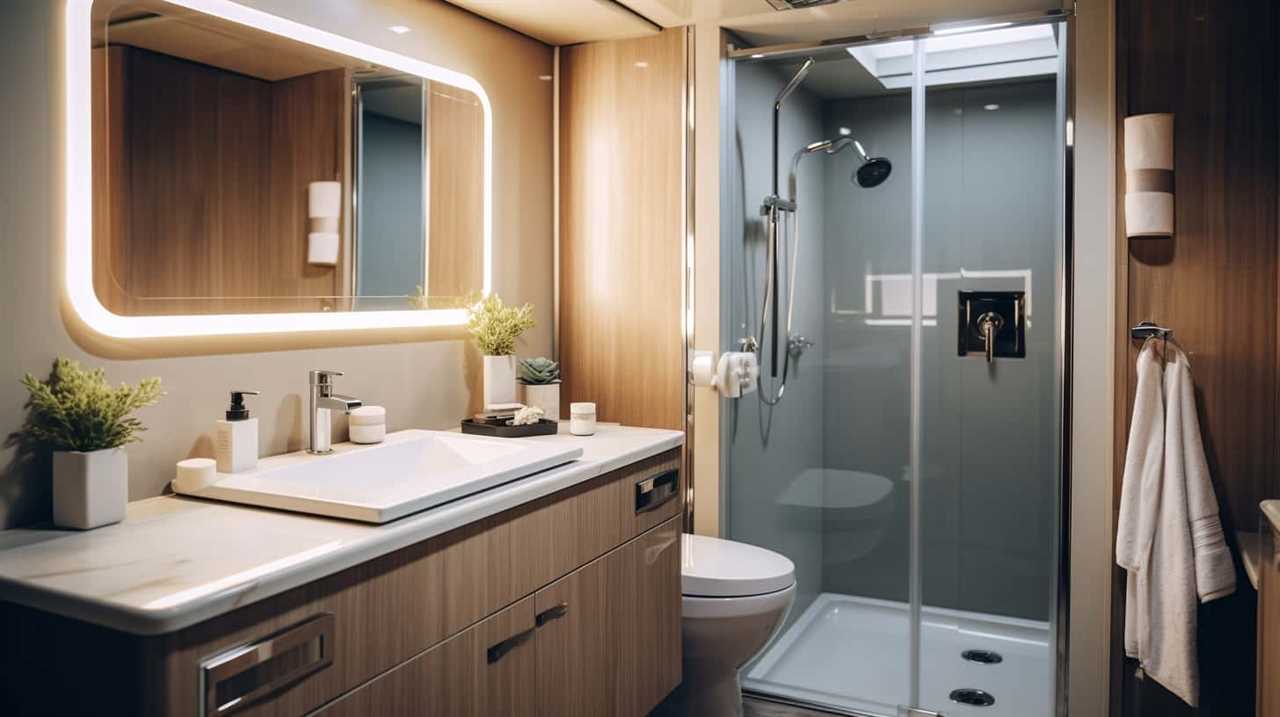
Firstly, it helps to purify our intentions and reminds us of the sanctity of this act. Additionally, it serves as a reminder of our constant need for Allah’s guidance and protection, even in our most mundane activities.
Moreover, reciting dua before entering the bathroom is an etiquette deeply rooted in Islamic culture. It reflects our respect and humility towards Allah, as well as our recognition of His presence in all aspects of our lives.
As we delve into the proper way to recite the bathroom dua, let’s explore the profound significance it holds in our spiritual journey.
How to Properly Recite the Bathroom Dua
To properly recite the bathroom dua, we should begin by raising our hands and saying ‘Bismillah’ (in the name of Allah). This signifies the act of seeking Allah’s blessings and protection before entering the bathroom.
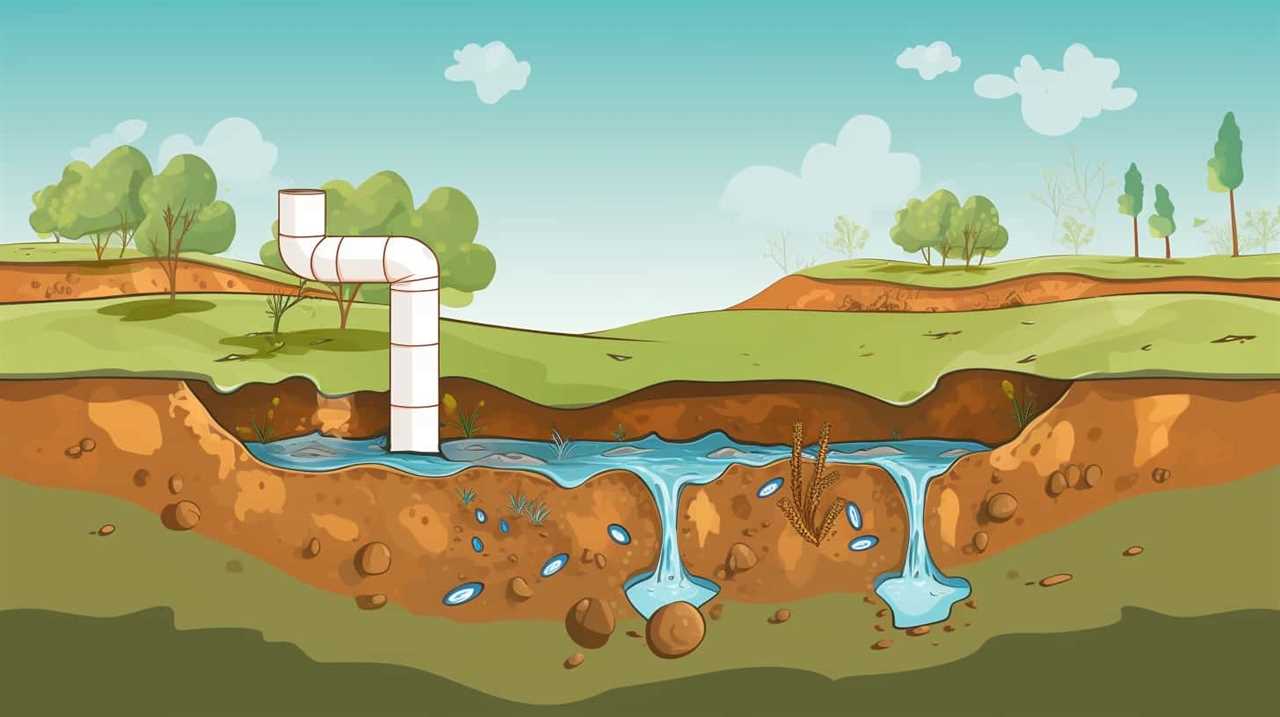
Here is a step-by-step guide on how to properly recite the bathroom dua:
- Raise your hands to chest level, with the palms facing towards the sky.
- Begin by saying ‘Bismillah’ (in the name of Allah) to seek His guidance and blessings.
- Memorize the dua: ‘Allahumma inni a’udhu bika minal khubuthi wal khaba’ith’ (O Allah, I seek refuge in You from the male and female unclean spirits).
Proper recitation of this dua is important as it helps us seek Allah’s protection from any harm or impurity. Memorizing such verses enables us to easily recite them whenever needed, ensuring that our actions are in accordance with Islamic teachings.
Understanding the Spiritual Connection in Islamic Culture
While understanding the spiritual connection in Islamic culture, we recognize the significance of seeking Allah’s blessings and protection before entering the bathroom. Islamic rituals encompass various aspects of life, and the act of entering the bathroom is no exception. This practice is rooted in the belief that seeking Allah’s guidance and protection brings spiritual benefits and helps maintain purity in both body and soul. By reciting the bathroom dua, Muslims acknowledge their dependence on Allah and seek His blessings. This simple act of remembrance reinforces the spiritual connection and reminds believers of the importance of incorporating Islamic teachings into every aspect of their lives.
To further illustrate this concept, let us explore the spiritual benefits of reciting the bathroom dua:
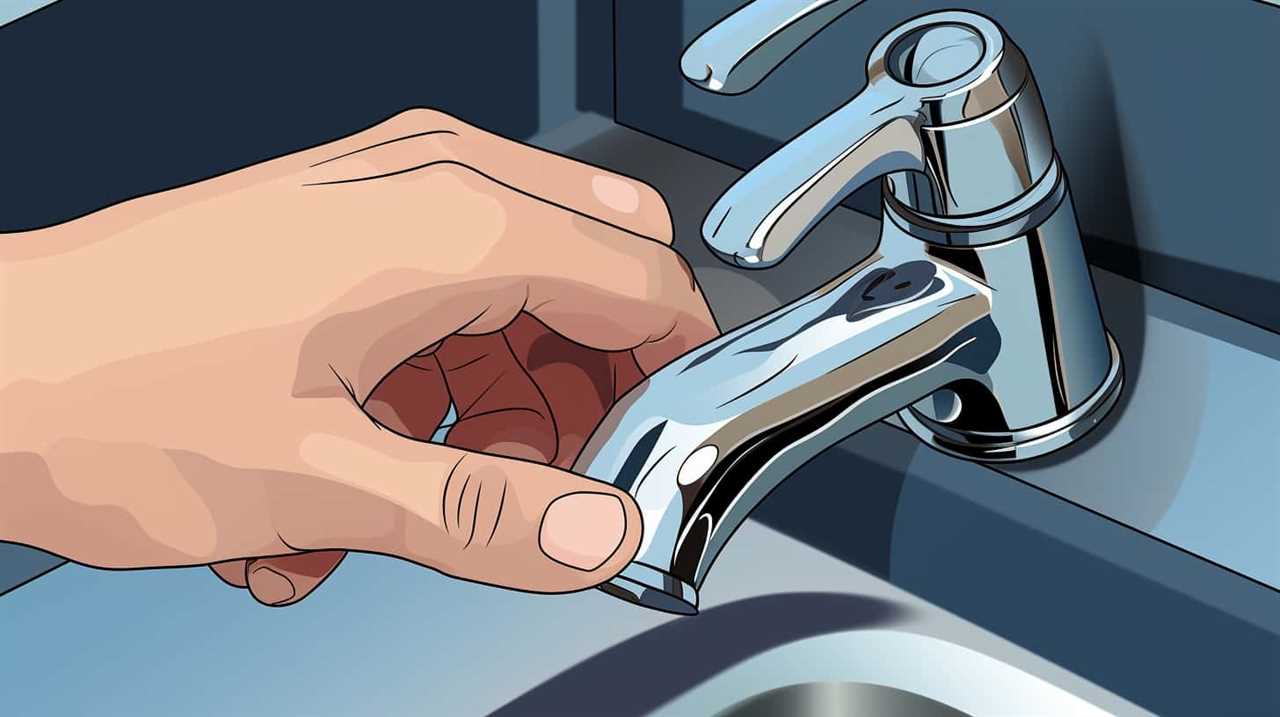
| Spiritual Benefits | Explanation |
|---|---|
| Seeking Allah’s blessings | By reciting the dua, Muslims seek Allah’s blessings and protection from any harm or impurity while entering the bathroom. This act of seeking divine guidance enhances their spiritual connection and fosters a sense of reliance on Allah. |
| Remembrance of Allah | Reciting the dua serves as a reminder of Allah’s presence and His role in every aspect of life. It helps believers maintain mindfulness and gratitude, even in mundane activities. |
| Purification of the soul | By seeking Allah’s protection, Muslims aim to purify their souls from any negative energy or impurities. This act aligns with the Islamic belief in the importance of inner purity and striving for a clean heart. |
| Strengthening of faith | Engaging in Islamic rituals, such as reciting the bathroom dua, strengthens the faith of believers. It reinforces their commitment to Islam and deepens their spiritual connection with Allah. |
Understanding the spiritual connection in Islamic culture involves recognizing the significance of seeking Allah’s blessings and protection before entering the bathroom. By incorporating Islamic rituals into our daily lives, we can experience spiritual benefits that enhance our faith, purify our souls, and strengthen our connection with Allah.
Incorporating the Dua Into Your Daily Routine
We can easily incorporate the dua for entering the bathroom into our daily routine by reciting it every time we enter this space. By doing so, we not only fulfill a spiritual obligation, but also invite blessings and protection into our lives.
Here are some practical tips for incorporating this dua into our daily routine:
- Memorize the dua: Take the time to learn and memorize the dua for entering the bathroom. This will enable you to recite it effortlessly whenever you enter this space.
- Create reminders: Place visual reminders, such as sticky notes or phone reminders, in strategic locations to prompt you to recite the dua before entering the bathroom.
- Reflect on the blessings: Remember the benefits and blessings associated with reciting this dua. It serves as a means of seeking protection from evil and seeking Allah’s help and guidance throughout the day.
Frequently Asked Questions
Is the Bathroom Dua Specific to a Certain Islamic Sect or Can It Be Recited by Anyone?
The interpretation of the bathroom dua may vary among different Islamic sects, but it can be recited by anyone. It is important to understand the meaning behind the dua and to approach it with reverence and intention.
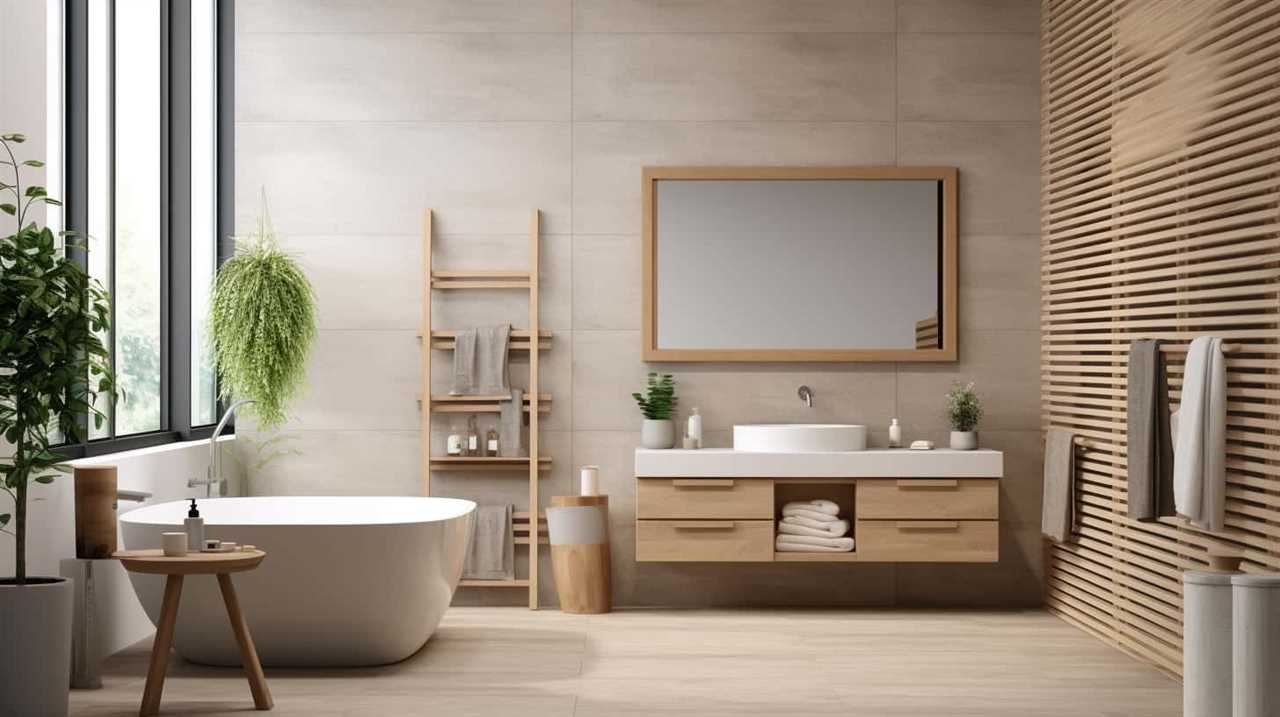
Are There Any Specific Times or Situations When It Is Especially Important to Recite the Bathroom Dua?
In Islam, there are no specific times or situations when it is especially important to recite the bathroom dua. However, it is recommended to recite it whenever we enter the bathroom as a sign of seeking blessings and protection.
What Are the Benefits or Blessings Associated With Reciting the Bathroom Dua?
Reciting the bathroom dua brings numerous benefits and blessings. It is a practice that promotes mindfulness and cleanliness, purifying our intentions and actions. It reminds us of our dependence on Allah and invites His blessings upon us.
Can the Bathroom Dua Be Recited Silently or Does It Need to Be Recited Out Loud?
When reciting the bathroom dua, the question arises: can it be recited silently or must it be said aloud? The importance of out loud recitation is emphasized, while the option of silent recitation is not mentioned.
Are There Any Variations or Alternate Versions of the Bathroom Dua That Can Be Used?
There are no variations or alternate versions of the bathroom dua that can be used. The importance of dua lies in its sincerity and connection with Allah, regardless of the specific words used.
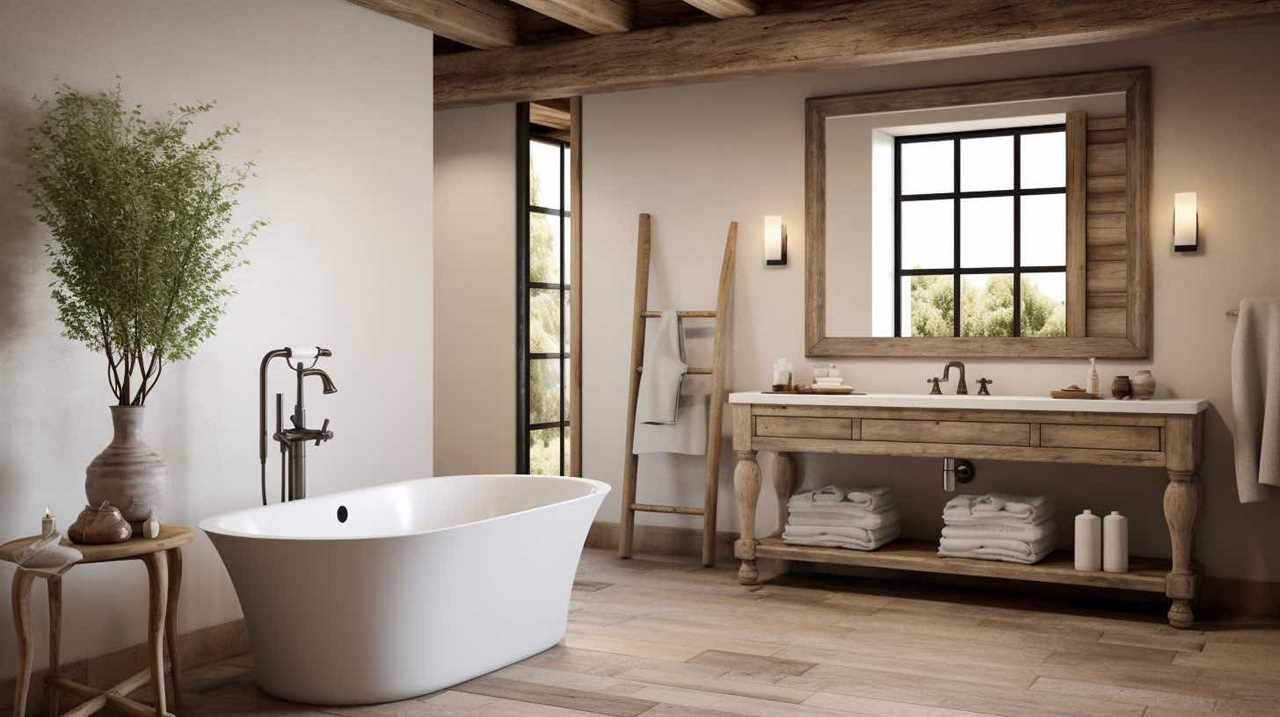
Conclusion
In conclusion, the act of reciting the bathroom dua holds immense significance in Islamic culture. By acknowledging the spiritual connection between ourselves and the divine, we invite blessings and protection into our daily lives.
Incorporating this simple yet powerful dua into our daily routine allows us to maintain a deep sense of spirituality and mindfulness. Let’s remember the importance of this practice and strive to cultivate a stronger connection with our Creator.
With an impeccable eye for detail and a passion for bathroom-related, Ava leads our editorial team gracefully and precisely.
Under her guidance, Best Modern Toilet has flourished as the go-to resource for modern bathroom enthusiasts. In her free time, you might find Ava exploring antique shops and looking for vintage bathroom fixtures to add to her collection.
-

 Reviews2 months ago
Reviews2 months agoBest Toilet Air Freshener: Top 10 Picks for a Fresh-Smelling Bathroom [2024]
-
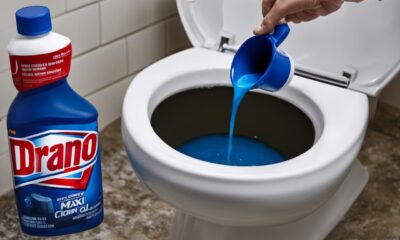
 FAQ - Advanced Bathroom Queries3 months ago
FAQ - Advanced Bathroom Queries3 months agoGuide: How to Use Drano Max Gel in Your Toilet
-

 FAQ - Advanced Bathroom Queries2 months ago
FAQ - Advanced Bathroom Queries2 months agoWhich Countries Use Bidets the Most
-

 FAQ - Advanced Bathroom Queries3 months ago
FAQ - Advanced Bathroom Queries3 months agoWhy Does My Poop Leave Streaks in the Toilet
-
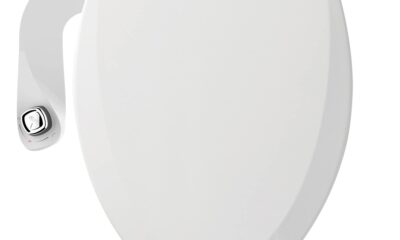
 Reviews2 months ago
Reviews2 months agoBest Waterless Toilets: Top Options for Eco-Friendly Bathrooms [2024]
-

 Buying Guides2 months ago
Buying Guides2 months agoWhat to Do When You Accidentally Flushed Something Down the Toilet
-

 FAQ - Advanced Bathroom Queries3 months ago
FAQ - Advanced Bathroom Queries3 months agoHow Do Toilets Work in Bali
-

 FAQ - Advanced Bathroom Queries3 months ago
FAQ - Advanced Bathroom Queries3 months agoWhat to Do if You Accidentally Flushed Something Down the Toilet





















